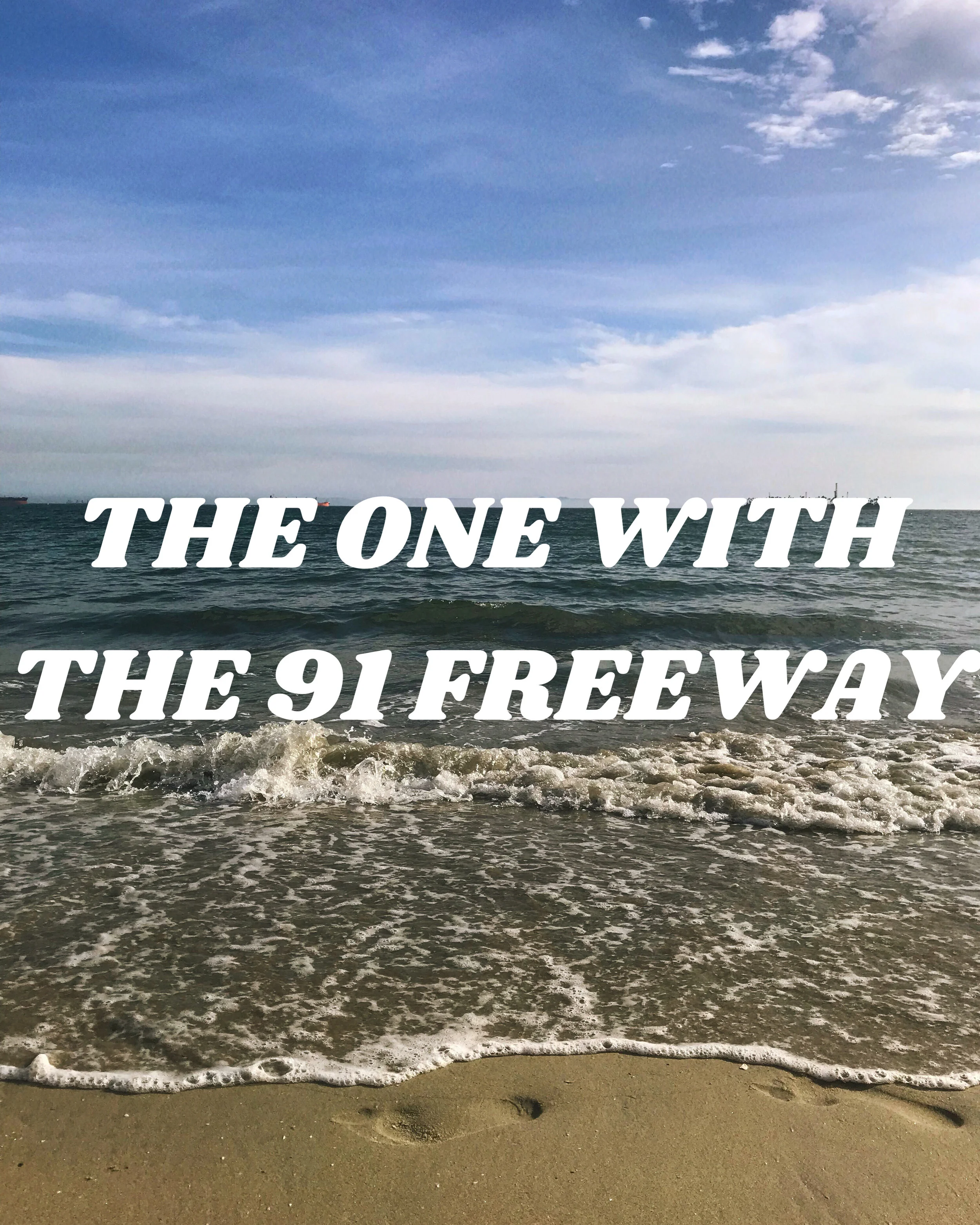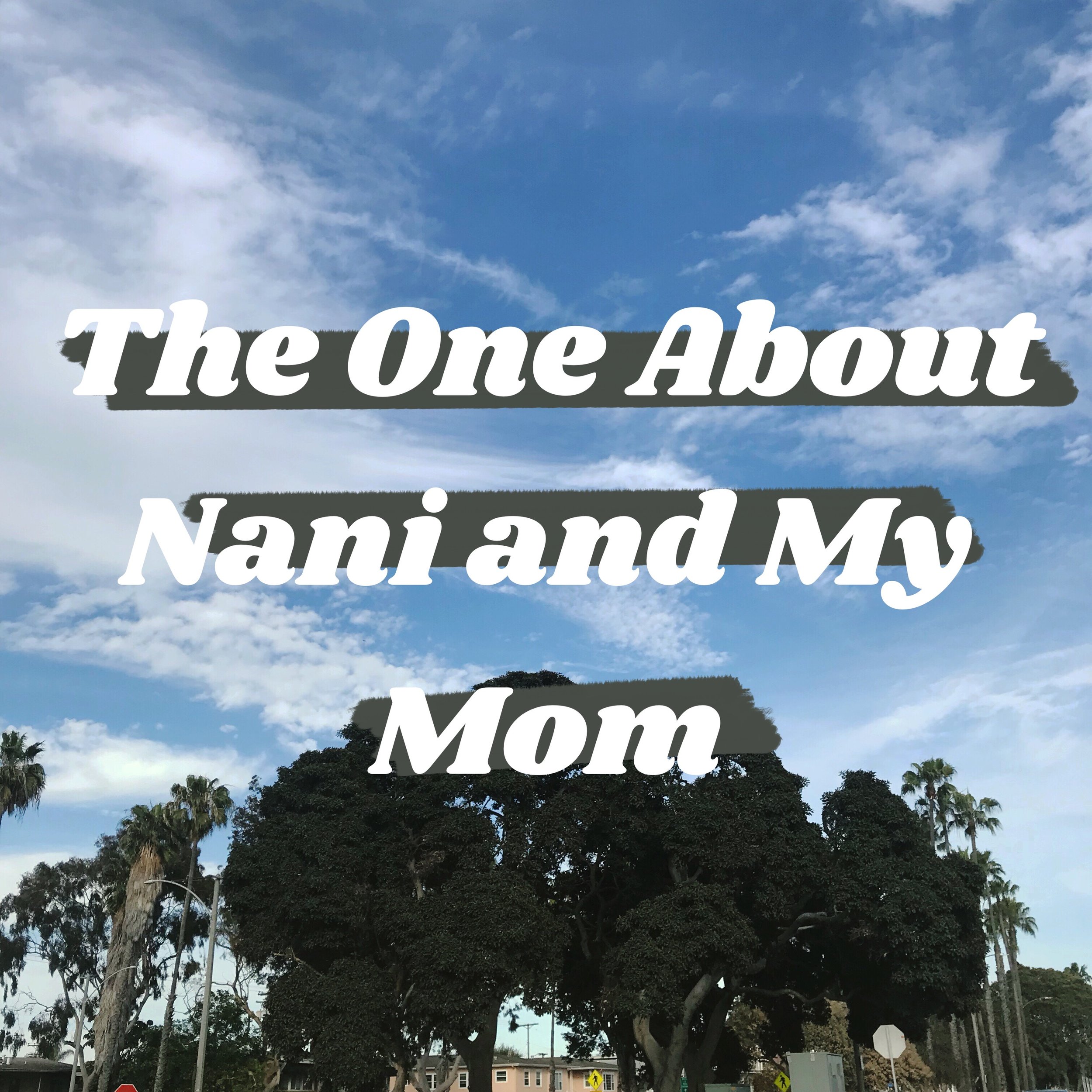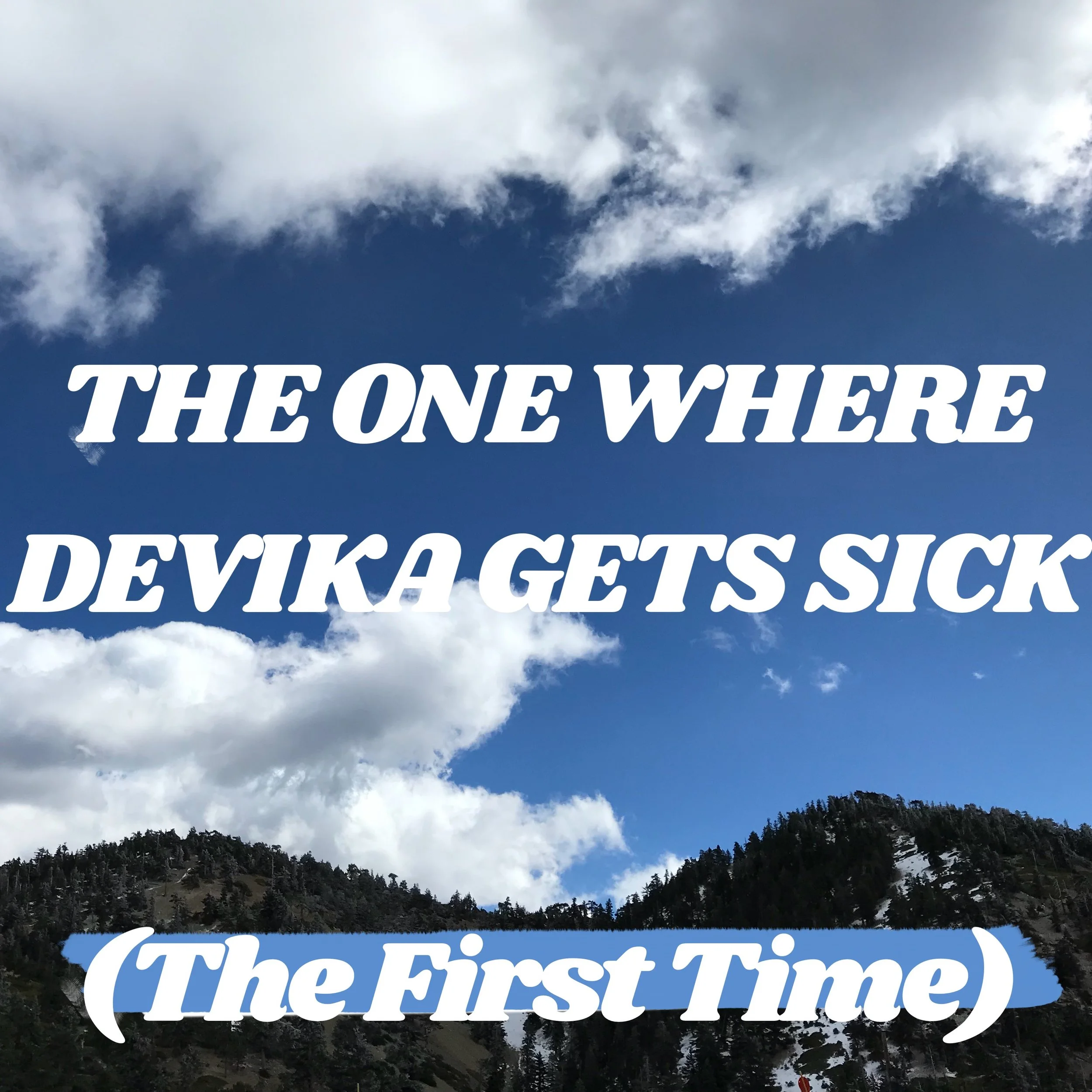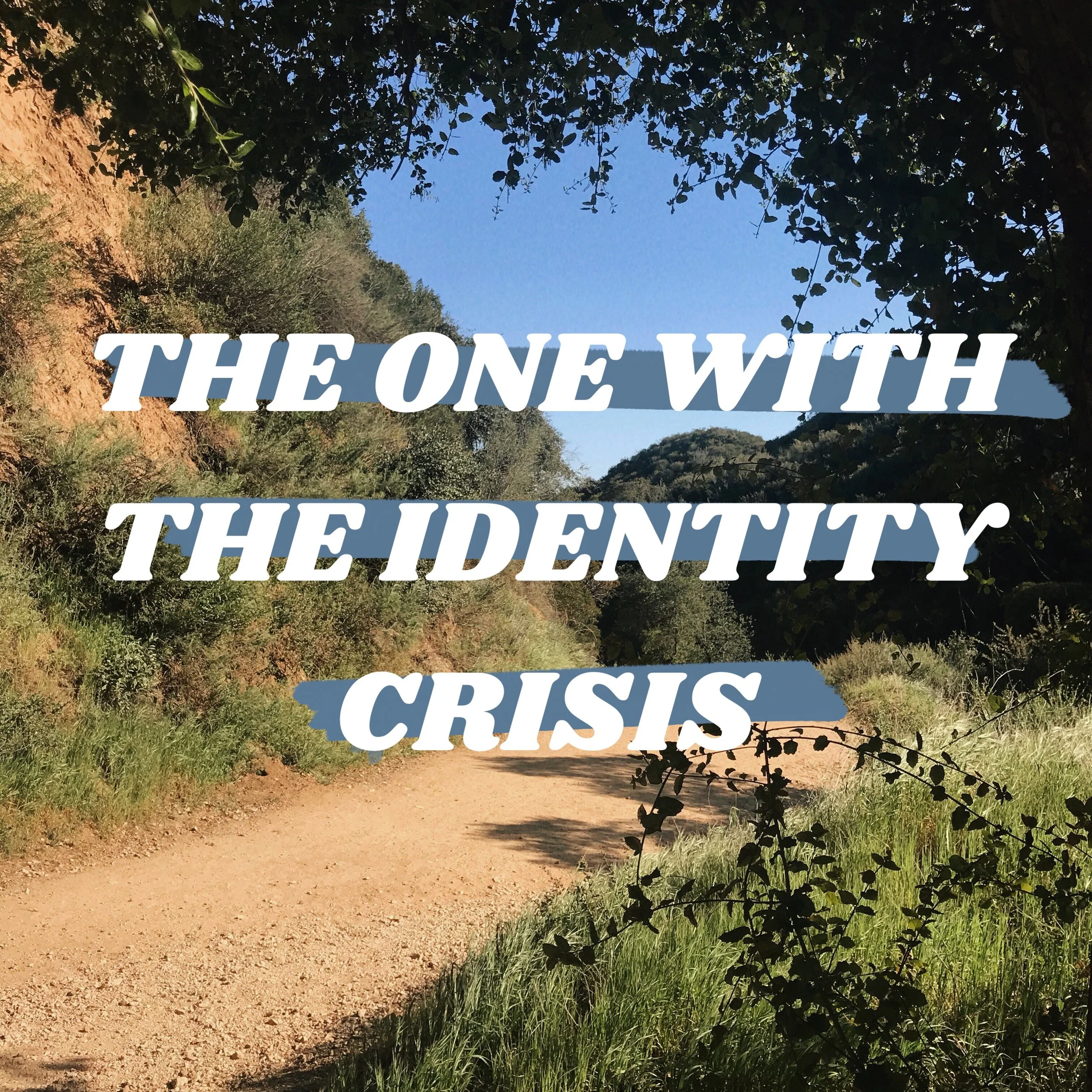The One With the 91 Freeway 5/6/18
I’d like to think that in some way, I grew up on the 91 Freeway. More like the 91, the 210, and the 57, but I’ll spare those griefs about being a Southern California native. Commuter life is normalcy, in my book at least. I had a home to grow up in, of course, but to be completely honest— most of the lessons I learned were soaked in on the rush-hour drive back from wherever we were headed, and most of the time we were headed to one of Devika’s Doctor’s appointments.
That’s something they don’t really prep you for when your sister beats cancer— the fact that, for the rest of your life, you’re still going to have to check in and make sure it’s not creeping its way back into her life. It’s always lurking in the background, like a threat that keeps your family from really living. And if you’re lucky enough to have it gone for now, you can’t forget about all the other side effects from the chemo.
But even still, my Mom tried as hard as she could to make sure Devika and I had a life. As badly as I wanted to be able to hang out with my classmates after school or play at soccer practice with them, I knew that wasn’t what my normal would be— and I was okay with that. My normal was sitting in 91 traffic with my mom on a Monday after school, listening to Dr. Laura give us relationship advice on the radio, and heading to whatever Doctor wanted to run tests on Devika that day. Sometimes we’d take the the 91 and head to Buena Park for her NAET therapy. Other times we’d take the 57 to the 210 to City of Hope to get blood tests and sit in Oncology. And sometimes, we’d take the 91 to the 215 to see what was up with her seizures in Neurology at Loma Linda. Regardless of where we were headed, there were a few constants that came with every Doctor’s visit.
For example, whether I sought it or not, I’d find myself in conversations with whoever sat next to us in the waiting room. It didn’t matter that I was just a kid, sometimes people just wanted to be heard. And when it was Devika’s turn to go through the big doors, it was my turn to open my ears and listen to whoever wanted to talk. I’d hear my friend Griffin’s mom talk about how hard it was to find a class for him that could handle his Autism, and how mad she was that her husband wouldn’t take time off from work for the visits. I listened to a South American Swedish woman in her 80s tell me about all the crazy adventures she’d been on, and give me advice on what countries I had to go to one day— giving my seven year old self an early taste of wanderlust. If my older sister was back from College, I’d listen to her talk to the two married men about life, the prejudice they’d faced, how to choose a career path, and what steps to take to prepare for adulthood. Every now and then I’d meet people who saw me struggling with my homework, and would offer to teach it to me while we waited for our families to come back from the patient rooms. I’d mull over these stories and their advice on the car rides back home, and in the pauses between Dr. Laura’s show and my Mom’s disco cassettes, I’d think about how one day I was going to grow up and be the one talking to a little kid in the waiting room.
In any case, the 91 Freeway is central to my life story because it’s an artery on Southern California’s transportation map, and it’s where I did most of my growing up. It’s where I learned patience, because the stop-and-go traffic acted just like life did– you always had to be cautious of what’s coming in front of you and what’s going on all around you. I’d like to think my Mom saw the traffic as a way to bond with us too, because we’d talk about my day at school and what was happening in whatever book I was reading at the time. I developed a fondness for conservative talk radio, and learned how to compare it with the more liberal tv we’d watch at home—that way, we’d hear both sides of the stories from the news. If my older sister, Meera, left her NaS CD’s in the car, my Mom and I would play them and laugh because the rap was so fast that we couldn’t decipher his lyrics. When the traffic was too out of control, I learned what side streets to take to find our way back home. We’d stop at the same Carl’s Jr. every time, and every time my Mom would tell me the story of how she once met the actual Carl when she’d first come to America. Sometimes we’d sit in a park and wait out the traffic while she’d tell me stories about growing up in Kenya as a girl. She’d tell me about her sisters, her brother, her parents— and even though I never got to meet the latter three, in those conversations, I felt like I knew them. By the time we got back on the 91 and headed home, the day’d be over, and we’d wake up and do a variation of the same routine the next day.
I went to these appointments with my mom every week from first grade up until the end of High School. The back seat of my moms mini van became a comfort home to me, and I’ll never regret that being on the AYSO team or playing Barbie after school at my classmates houses just weren’t in the cards for me— because I learned more about people then I’d have ever learned at any other stage in my life. As I grew older and more aware of the fact that Devika wasn’t changing, I started closing myself off from those waiting room conversations, and I’d even started to shy away from going with my Mom on Doctors visits. Towards my college years, I’d completely given up on going with them to any more appointments, because I just felt helpless and discouraged. The nurses had all watched me and Devika grow up, and I was embarrassed by it because unlike the kids we’d see in and out of the office every week—we’d never made it out of there. We’d spent so much time, every day of every week, at these offices, and we still didn’t have any answers.
In any case, whether I liked it or not, the 91 Freeway would always be a constant in my life. With or without me, my Mom and Devika would still go, and they’d have their trips back home in rush-hour to bond. It wasn’t until recently that I acknowledged how much strength and hope my Mom had for finding some answers about my sister. I guess in that, I began to realize the power of positivity. I hate even admitting that I’d lost it for a minute, but in reflecting on those car rides from my childhood— I realized that being hopeless doesn’t do anything to help our situation. Life will still go on, the 91 would still have traffic everyday at 6 pm, and my Mom will still be sitting in it, driving to a doctors appointment, trying to find answers for my little sister. There was no point in my moping about it–because being sad and hopeless is like trying to drive a car to your expected destination, when your gas is running on empty. It’s pointless, and it’s not going to get you any closer to where you want to be. So, in my Mom’s hope and positive perseverance, I’ve found my own optimism and strength— and in some weird way, through the plight of the 91 Freeway in rush hour, I’d like to think I’ve grown.




